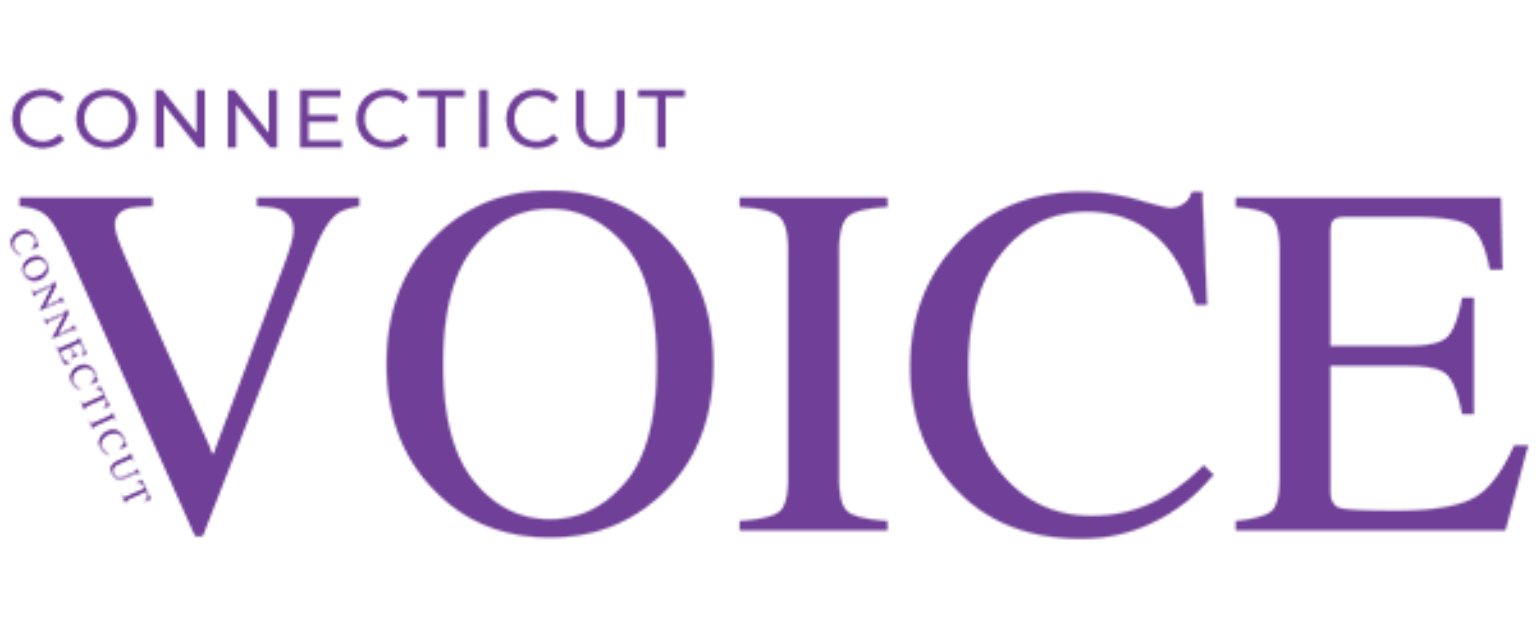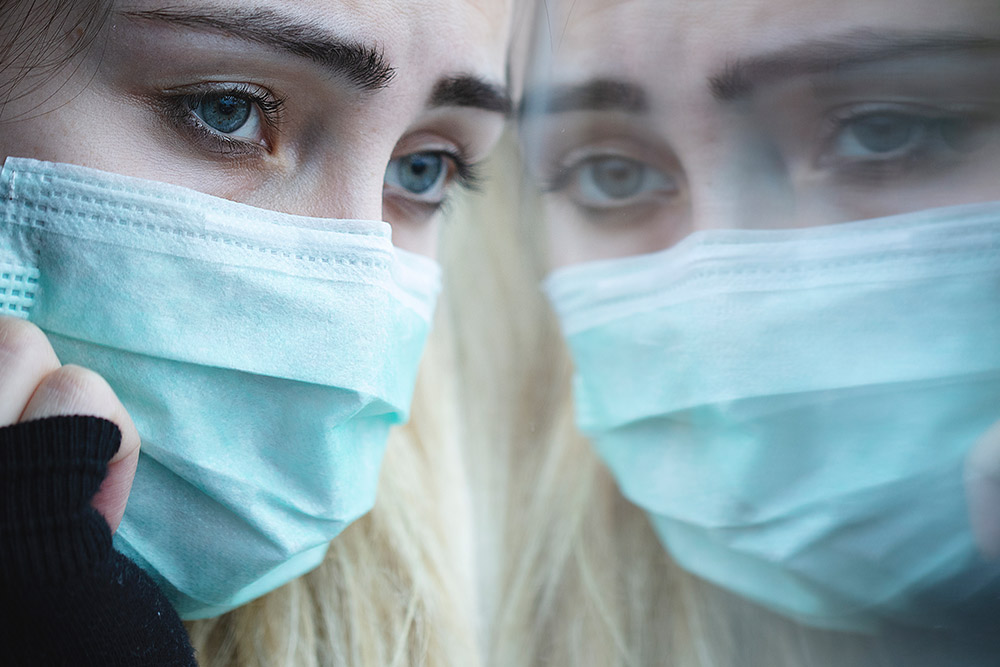These days, many in the LGBTQ community need help more than ever
By Dawn Ennis
Several months into the pandemic, we have settled into our new ’Rona Reality.
We’ve all memorized the symptoms, what experts say we should and should not do to avoid the spread of coronavirus, and what to do if you feel you or someone you love has become infected. Can you even recall a time when you didn’t take a mask with you when you left your home? When was the last time you attended a concert or some other huge public gathering? Remember flying or cruising to faraway places?
Sure, this is a reality shared by everyone in Connecticut, no matter if someone is gay, lesbian, bisexual, queer, transgender or nonbinary, or straight. And the experience covers all age ranges. But experts in helping LGBTQ people cope with stress, depression, anxiety, and loneliness say that Covid-19 hit our marginalized community in a way unlike any other, right from the very start of the pandemic.
Connecticut Voice asked LGBTQ people who have struggled with mental health if they would be willing to talk about their challenges during the pandemic. Two shared their stories via Facebook.
“We sought a trans-affirming therapist for my FTM son,” wrote Cynthia Rahill Zschack of Orange, the straight cisgender mother of a trans boy and another child who identifies as part of the community. She works in education.
“We found someone who was a lesbian, and pretty good, but when we switched to a therapist who was himself trans, it was a much better fit,” she wrote. “Also, for myself as the parent of kids who are LGBTQIA+, I’ve had a very difficult time finding a good therapist who takes my insurance. They tick the box (in Psychology Today) that they are LGBTQIA+ affirming, but then once they start misgendering your kids, you know they are not.”
Danielle Lee Thompson is a trans woman from Winsted who said she’s “been open about the real me” for more than two years. “I am in therapy for schizoaffective bipolar disorder and gender disorder,” she says.
Dr. Laura Saunders, PsyD, AABP, assistant director of psychology and the clinical coordinator of Young Adult Services at Hartford Hospital’s Institute of Living, says, “we had particular concern with the LGBTQ population” as COVID hit. Saunders plays a key role in training campus staff who care for those patients.
“They have higher rates of suicidal ideation in behavior, depression, social isolation, and social anxiety. The restrictions for COVID, which made sense to reduce the spread of the virus, only further isolated members of the community,” she says. “The difficult part was refocusing them on safe ways to reintegrate back into communities after such a long period of isolation.”
It’s a particular challenge for patients who identify as transgender, according to Saunders’ Institute of Living colleague Dr. Derek Fenwick, a post-doctoral psychology fellow. That population’s rate of suicide ideation is higher than other members of the queer community, and far higher than straight, cisgender Americans. More than 40 percent of trans adults have thought about, planned, or attempted suicide, according to the research conducted by the Williams Institute at UCLA in 2016, and a study released this summer by The Trevor Project found more than half of trans and nonbinary youth considered taking their lives at some point.
“That is something that we obviously worry about for this population, especially during these tough times, with Covid, due to isolation,” says Dr. Fenwick. “So for us, it was really about trying to [increase their] sense of connection with other people by trying to get them outside the house one time per day – even if it’s just going on a walk by themselves or with a friend.” This increased connection, he says, “reduces the feeling of loneliness, hopelessness, and depression – and decreases that suicidal ideation – in this population.”
That’s also the goal at The Trevor Project, the nation’s leading organization providing crisis intervention and suicide prevention services to LGBTQ young people under the age of 25. In addition to other challenges that the pandemic has imposed on these young people, says Casey Pick, the organization’s senior fellow for advocacy and government affairs, “many of them find themselves at home for extended periods of time, sometimes with families that are not accepting – which can range from the refusal to use the correct name or pronouns, on over to physical abuse.”
Unfortunately, this situation may not be resolved anytime soon. “We know that there are many [college-age] youth who find their greatest amount of freedom living on campus, for example, and many of those colleges and campuses have shut down. And youth don’t know when next they’ll be going back to them,” she says.
Pick, who identifies as a cis lesbian woman, says another concern is “the intersectional way that the broader issues of COVID specifically affect LGBTQ youth unemployment, uncertainty about the future of their finances, housing. These are all areas where we know that LGBTQ people experience discrimination. They experience greater degrees of poverty and homelessness. And COVID-19 is amplifying that effect.”
What can people in the community do when their situation becomes unmanageable? The Trevor Project operates a lifeline that is available by phone as well as by text and online. Pick says the organization realized as far back as January that it needed to be able to provide support remotely, as the pandemic worsened.
But, she says, something far more personal can also make a big difference: kindness.
“I would call on people to be kind, be giving to each other,” says Pick. “Check in on your friends, check in on the youth. They may not have the connections that they used to have, so really reach out and establish those connections. I would also tell folks to model good self-care. Now is a time where everybody is under a tremendous amount of stress, and if you treat yourself well, that gives permission to others to treat themselves well.”
Pick also calls on community leaders to “remember sexual orientation and gender identity when you are thinking about providing needed resources, access to health care, doing data collection on who is being affected by COVID-19, and telehealth.”
Dr. Saunders calls access to telehealth “the silver lining” of the pandemic. Through telehealth, doctors can conduct a house call over the internet, using video conferencing technology. She and Dr. Fenwick discovered through their work that the pandemic has opened up new pathways to treatment that might not have been used as much, if not for the lockdown.
Dr. Fenwick adds that telehealth has also “allowed us to increase communication between LGBTQ youth and their family members.” He says it offers care providers an opportunity to visit patients at home and view the family dynamic in a way that may not have been possible if patients were coming on their own for in-person appointments. This has enabled the team to help patients “work through some of the rejection that they felt from family members.”
Dr. Saunders says through the Institute of Living’s LGBTQ support group, the team is also able to reach people who may live too far away to visit in person, including previous patients who now live out of state and may feel alone and unsupported. “Previous members who are now in New Hampshire or in other places have been able to reconnect with us,” she says. “We’ve also been connecting with families of younger folks from New London and Fairfield County – people we would never have been able to access without telehealth.”






More Stories
Broadway Review: Art
Fall Arts Preview: Emus, Foxes and Eric Clapton, Too
Diane DiMassa Book Event September 25